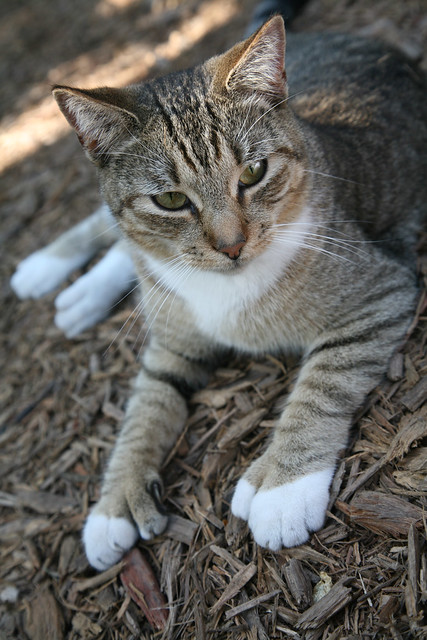
Ribs: The ribs surround the chest cavity on either side there are 13 pairs of rib bones in the cat. The cat’s vertebrae are not as tightly connected as that of the human, with much greater elasticity in the disks between the bones, making it much more flexible. There are 7 neck bones, 13 backbone, 3 sacral bones and 20-23 tail bones. Neck and spine (vertebrae): These bones run along the upper part of the cat’s body from the skull to the tail. The thick skull bone protects the cat’s delicate brain other bones include the jawbones (mandible and maxilla), nasal bones, cheekbones and eye orbit. The feline head can be loosely broken into the skull, face (eyes, nose, cheeks) and jaw. Head – There are 29 bones in the cat’s head. Storage – Calcium and phosphorous, which is released when needed.Ĭertain bones may also provide additional functions such as the tail which is used for balance and communication, the ear bones to assist with hearing and the penis bone, which helps the male keep a prolonged erection.Movement – Muscles are attached to the bones by the tendons.Blood cell production – The bone marrow inside the bone produces all of the blood cells.Protect – The bones surround the delicate and vital organs such as the brain, heart, lungs, kidneys etc.Support and stability – They are the framework of the cat’s body.Irregular bones – Found in the vertebrae and some parts of the skull.They provide stability and fine movement. Short bones – Found in the wrists (carpals) and ankles (tarsals).Flat bones – Located in some parts of the skull, the sternum, shoulders, ribs and the pelvis, these bones protect the internal organs.These bones are longer than they are wide.


It can be broken up into sections known as axial, visceral and appendicular. The skeleton is the internal framework of your cat’s body consisting of the bones, ligaments, and tendons. Malleus (hammer), incus (anvil), stapes (stirrup) Metacarpal (foreleg), metatarsal (hind leg)ģ bones per toe. Pisiform, unciform, cuneiform, scapho-lunaire, magnum, trapezoid, trapeziumĬalcaneum, astragalus, calcaneum, cuboid, cuneiform tertium, tuberosity, cuneiform secundum, cuneiform primum Mandible (lower jaw), premaxilla, maxilla, nasal, lacrimal (eye socket), zygomatic (cheek), frontal, zygomatic process, tympanic and squamosal (temporal), parietal, occipitalĪtlas (first bone), axis (second) then C3, C4, C5, C6, C7 Male cats also have a bone in their penis. The average cat has between 240 – 245 in its body, this may vary a fraction as some cats have slightly more or fewer bones in their tail and, or additional toes ( polydactyl).


 0 kommentar(er)
0 kommentar(er)
